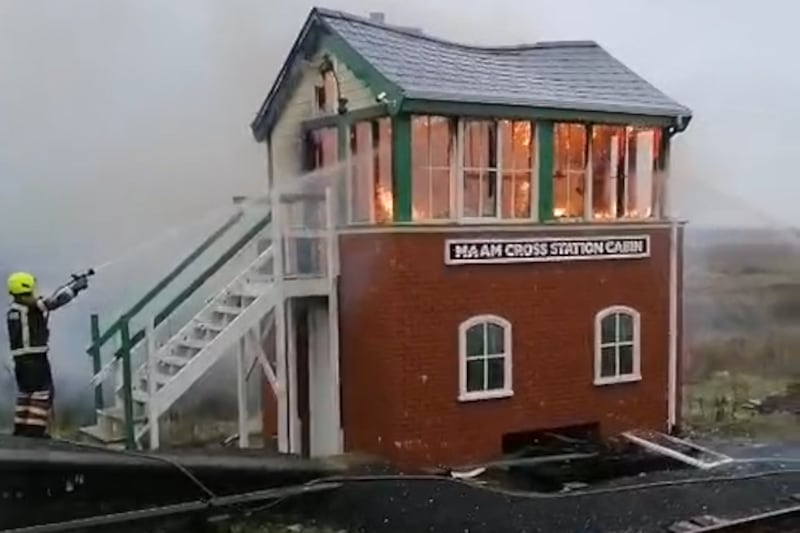When Hartstown Community School learned of its third case of Covid-19 , it followed the official guidelines: the student self-isolated while the principal waited on a call from public health authorities to identify other close contacts.
This call is supposed to take place on the day or the following day. Two days later, there was still no call.
Instead of waiting, principal Lucia Ryan took matters into her own hands: she messaged parents asking them to contact the school directly if they had been notified of any close contacts among their children.
In the end, six days passed before the school was contacted and a risk assessment was carried out.
“Parents were contacting us and we were aware that the HSE was inundated, so I decided to send out a message . . . we didn’t want all of our work to be jeopardised by a delay,” she says.
Pressure and delays
The school’s experience is one example of many in recent times where pressure and delays with the contact tracing system have forced school leaders to take on contact tracing roles themselves.
Despite the delay , Ryan is generally happy with the school’s experience to date in managing the Covid-19 threat.
It is located in the Mulhuddart/Blanchardstown area of Dublin which has recorded some of the highest Covid-19 rates in the country.
Nonetheless, it has detected a total of just three cases of the virus in what is one of the largest secondary schools in the country with 1,200 students.
“Teachers, staff and students have been amazing. We’ve rolled out new procedures and everyone has adapted very well, and we continue to adapt,” she says.
“Any cases have come in from the wider community and haven’t been spread in the school and we’re very proud of that.”
Mandatory masks
She says if the Government provided more funding to test and trace services, it would ensure delays do not happen and would reduce the anxiety and stress that can surround a positive case.
The school, like all secondary schools, has a mandatory face-mask policy. It also splits up larger classes and uses its gym as a temporary learning hub where students learn remotely.
Hand-sanitising and social distancing are also strictly implemented to reduce the risk of any virus spread.
“We’ll be happy to come back after mid-term,” she says. “We want to be a safe working and learning environment. Nothing is ever 100 per cent safe, but a huge amount has gone into making everything as safe as possible and meeting all the challenges that arise. We’ve been doing a really good job so far – the key is not to become complacent.”



















